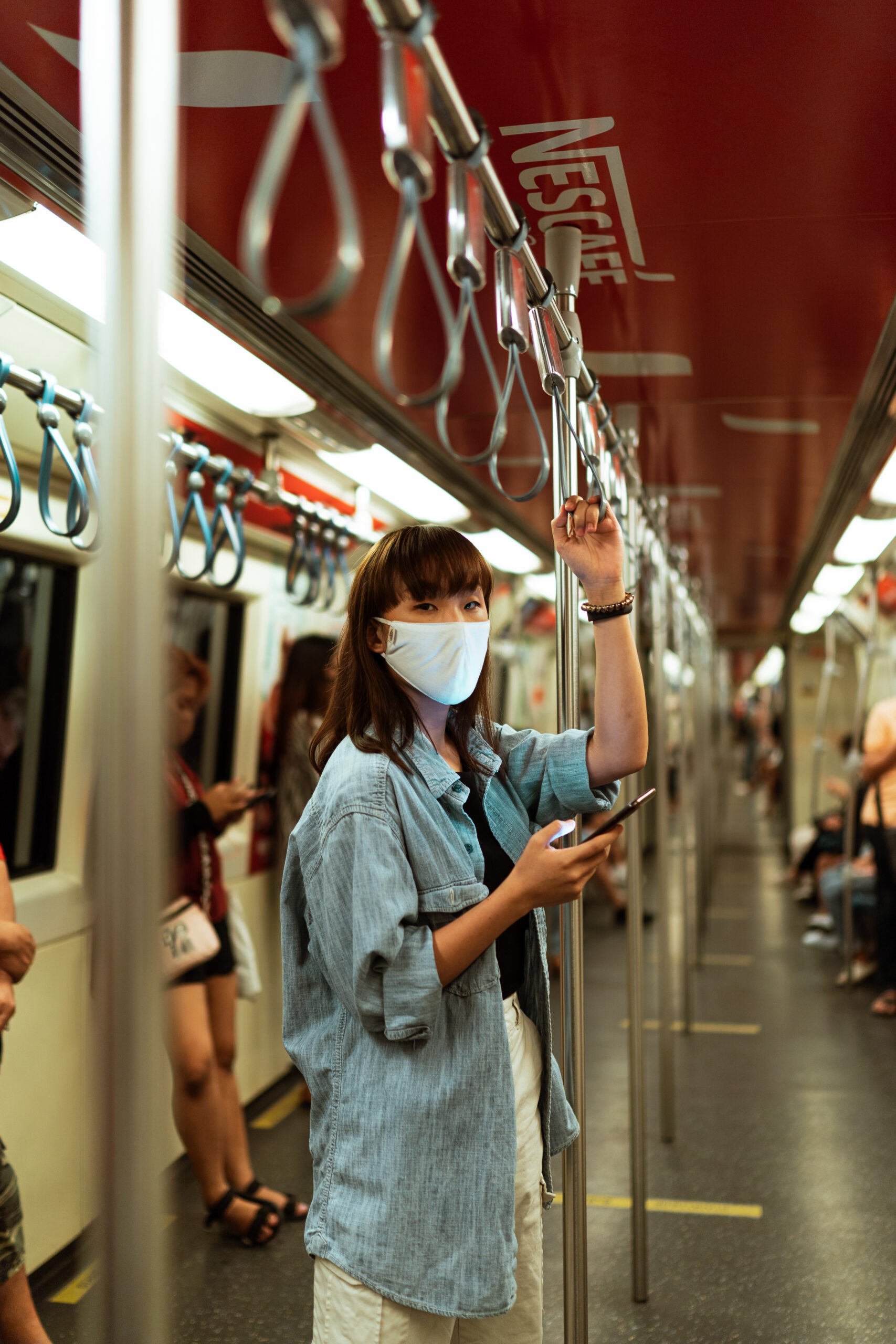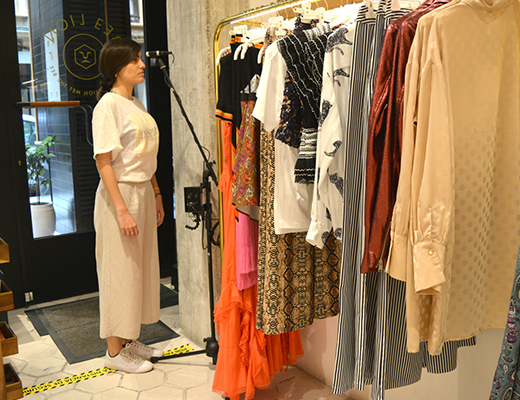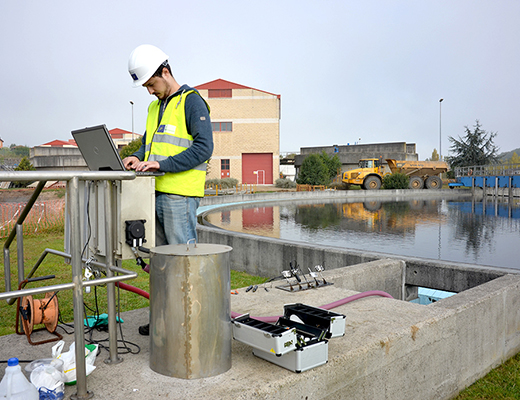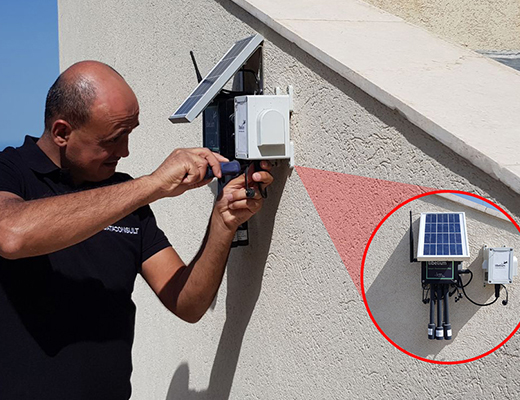Alicia Asin Perez, CEO Libelium
 Since the start of the COVID-19 pandemic in early 2020, the narrative around smart city design and the application of IoT based technologies has changed quite considerably. Before COVID the discussion around IoT and smart cities revolved largely around how to monetise the technology, how to save money and also how to satisfy regulatory requirements around privacy and security.
Since the start of the COVID-19 pandemic in early 2020, the narrative around smart city design and the application of IoT based technologies has changed quite considerably. Before COVID the discussion around IoT and smart cities revolved largely around how to monetise the technology, how to save money and also how to satisfy regulatory requirements around privacy and security.
However, during 2020 as governments around the world have prioritised containment of the virus, the discussion about IoT and its potential has evolved. Thefocus has been less about personal privacy, and worries about big data collection and surveillance, and more about the need for everyone to stay safe and healthy, to ensure that we can all return to business and social activity as quickly as possible and recover lost productivity. This has in turn led to a new perspective on how to ensure an appropriate balance between safety and privacy protection, or a type of ‘partial privacy’, which only recently would have seemed unthinkable to many.
We have also seen the discussion around smart cities turn quickly to the challenge of how to guarantee safer spaces, support social distancing, and adapt to the way citizens move around. These are all huge issues facing planning professionals worldwide. We believe that smart environmental monitoring technology has the answers to many, if not all of these issues, and that it should form a fundamental part of the response and way forward. We are working with town planners, architects and government authorities to demonstrate how smart sensor-based technology can redefine how citizens interact with their built environment and with their fellow citizens.
One of the key issues confronting local authorities, as well as businesses, as we emerge from lockdown, is a lack of trust in the health and safety of the city environment. And without re-establishing trust, governments and industry will find it difficult to relaunch economic and social activity in a safe and reliable manner. Neither governments nor businesses want to be in a continual pattern of lockdown, followed by re-opening and then the need to go back into lockdown again. This pattern, which has played out across many large cities around the world during the pandemic, has drained community spirit, sapped businesses of income and potential, and has led to a mountain of public debt.
It is clear that a new approach is needed, which will be based on the effective application of technology to ensure safer public spaces.
So what changes to city authorities, as well as large industries, need to make in the post COVID era, and how can smart city design help them successfully implement these changes? How can IoT based applications help prevent and limit the spread of COVID-19?
Some examples which have already been implemented or which are in the planning stages, include:
- A fever screening system, which has enabled authorities to ease lockdown restrictions and to go back to a new normal. This was developed in 2 weeks.
- Adapting customer capacity tracking systems, (which were initially designed to monitor and analyse shopping behaviour and direct market to customers), to queue management systems which monitor adherence to capacity restrictions and automate queuing in shopping centres
- Remote health monitoring, via telehealth platforms, to enable continuation of treatments while patients are at home
- Real time monitoring and reporting of mobility of citizens and the availability of public transport or parking spaces, to enable citizens to make informed decisions about how to move about and ensure social distancing.
- Hotel and large event capacity monitoring, which has been implemented in Spain, to enable operators to remain open and comply with health restrictions.
- Water and waste management systems, which are a crucial early warning indicator of infection rates and locations
- Optimization of cleaning and sanitization services, to ensure standards are complied with.
While these pandemic related applications are top of mind for many, other ongoing challenges for public health and well-being have not reduced during the pandemic and will also need to be addressed anew once the height of the pandemic has passed. These include air pollution and climate change related health impacts of life in big cities, as well as other issues associated with the built environment in a big city.
The construction and housing industry will now become central to many of the ways that we can adapt to the new post-COVID environment. The lengthy lockdowns and stay at home orders put in place in response to the pandemic around the world have led to a new understanding of the importance of safe and healthy home environments, and how important the home and its environment are for the physical and mental well-being of citizens.
As the major economies begin to emerge from the initial pandemic response and enter a ‘new normal’ some issues that the construction sector will need to address, and will be able to respond to efficiently using smart city design include:
- How to ensure the sustainability of construction though monitoring and reporting, including the environmental1 impact of the construction phase: noise, pollution and polluted water spills.
- buildings Post-COVID there will be additional requirements and motivations for people as they consider the purchase of new homes
- The number and quality of open spaces in urban areas with sufficient availability of green2 and healthy areas near to homes.
- The need for safe and sustainable energy facilities.3
- New sources of income to reduce building maintenance costs, including renting out shared parking4, increasing the use of solar energy5 on roofs, and intelligent rostering and monitoring of waste collection.
As a consequence of this increasing awareness of the value of smart city design, and the big data that is generated in the process, there has been an increasing focus on the need for transparency of data collection and its use in the service of democracy through making the information available for everyone. There is also increasing awareness of the full potential of smart city planning in transforming and improving our way of life and well-being, which goes beyond the purely technical issues of sensors and cloud platforms. As we all emerge from the pandemic and begin to reconstruct our economies and social groups, it is hoped that this growing realisation spreads and that IoT technologies continue to play a major role in smart city design.
 Alicia Asín is CEO and co-founder of Libelium, a Spanish IT company that designs and manufactures technology for IoT applications. Alicia is a computer engineer focused on how the IoT can change our world and improve companies’ competitiveness and citizens’ quality of life.
Alicia Asín is CEO and co-founder of Libelium, a Spanish IT company that designs and manufactures technology for IoT applications. Alicia is a computer engineer focused on how the IoT can change our world and improve companies’ competitiveness and citizens’ quality of life.
Libelium’s technology is present in more than 120 countries worldwide, developing projects to monitor and improve efficiency in agricultural crops, with environmental control systems to prevent climate change, and any application such as water management, parking control and industrial environment.
She is a frequent speaker at international conferences on issues related to Smart Cities, the Democracy of the IoT based on the big data and the importance of security and privacy in the new IoT era. “Since we entered the age of information and telecommunications in the 70’s we had not seen anything similar to the Internet of Things in terms of its potential impact on process change and power to create a new business ecosystem. The IoT is more than a new generation of the Internet, it is the next technological revolution —horizontal and global— in which we will finally see the digital and physical world blended”, Alicia Asin says.
In 2016, she was awarded with National Computer Science Prize for her career, progression and internationalization of her company. A few months later, the business association CEPYME awarded Libelium as international company that exports the 90% of its annual turnover. In 2017, Alicia Asín received the Award “Rey Jaime I” fom His Majesty the King and Queen of Spain, the highest distinction for scientists, researchers and entrepreneurs. In 2018, th CEO of Libelium was recognized with the “silver medal” of the Women Innovators Award by the European Commission. In 2019 she was selected by Forbes magazine in the international ranking “top 100 most creative people in business”.







